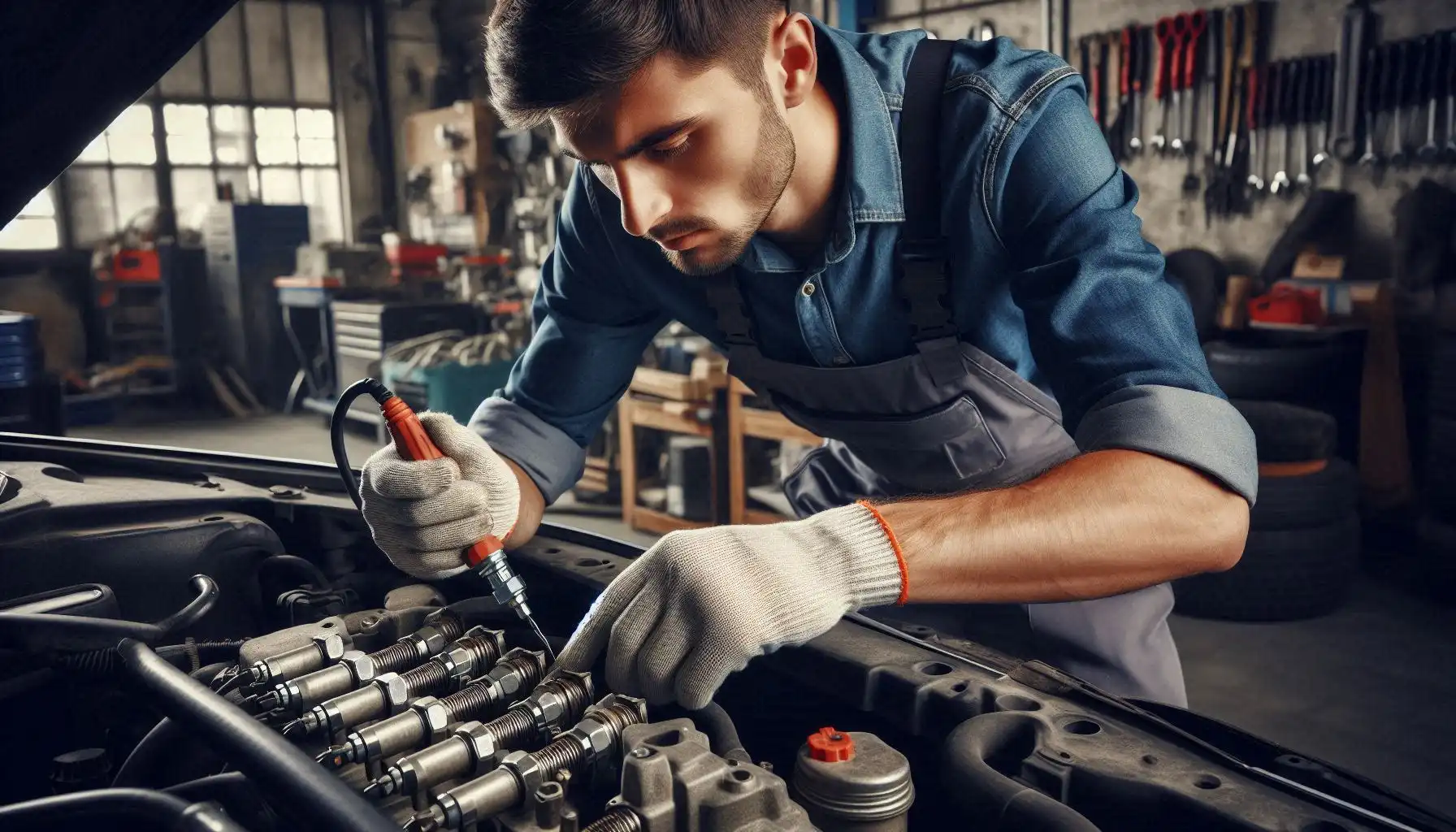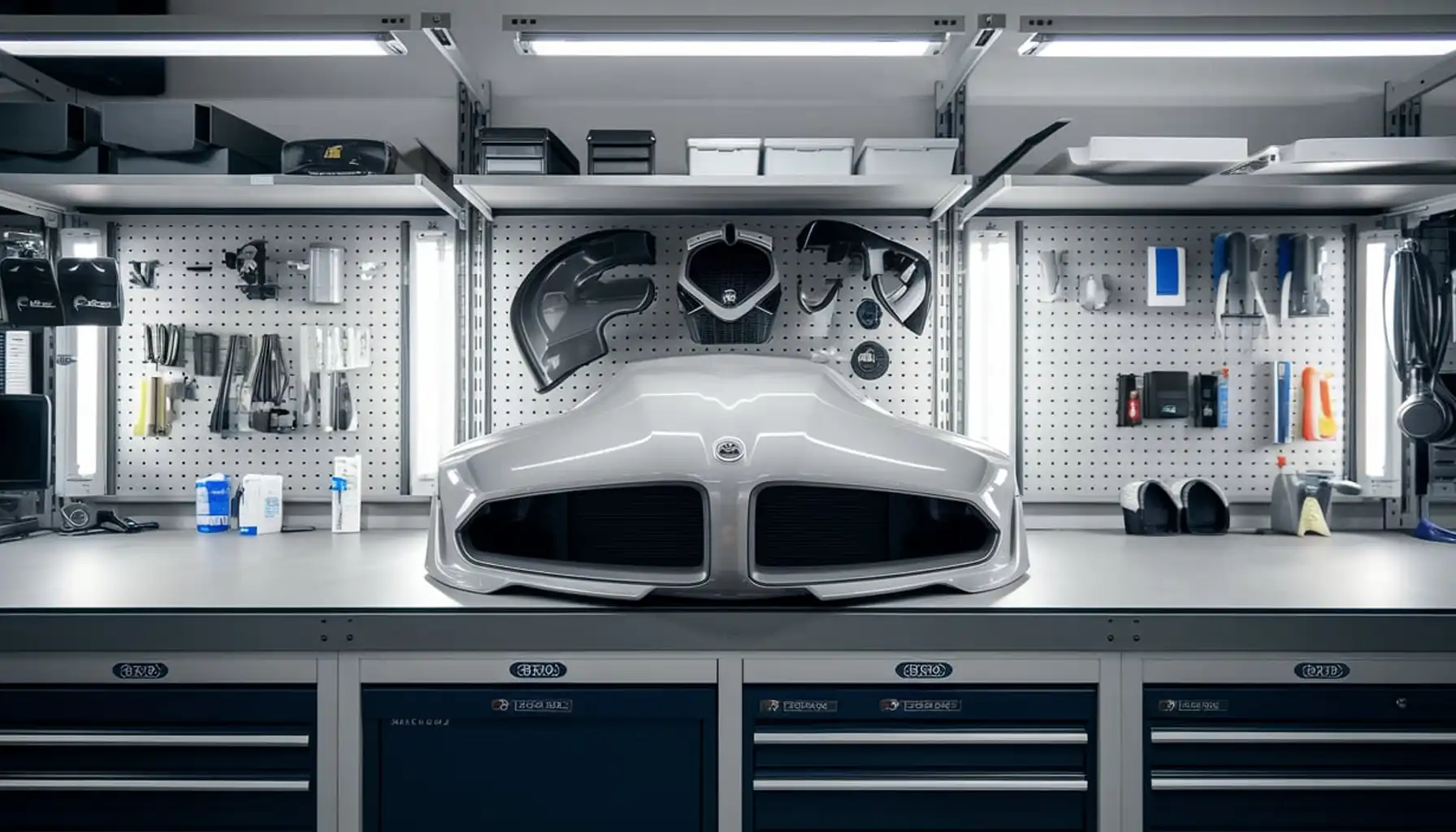What could happen if you drive with a broken rear shock absorber? This is a question that many people who have a problem with Broken Rear Shock Absorber ask! However, many of these people are not aware of the danger that threatens them and do not know what unfortunate events may happen to them if they drive with a broken rear shock absorber.

The quick answer is here:
Make sure your car is in good condition before you start driving. If your back shock absorbers aren’t working right, it could be risky for everyone on the road. Nobody wants to get into an accident, right? So, it’s best to get your ride checked out and fixed up before you go on a short trip or even drive to work. You need those brakes and rear shock absorbers to stay in control and have a smooth ride. Take care of your car, and stay safe out there! If you want to know more, just give me a shout. Let’s explain more!
What Happens if You Drive with a broken Rear Shock Absorber?
Many drivers underestimate the dangers of driving with worn shock absorbers and struts and continuing to drive with a broken rear shock absorber.
But the vital fact is that these components are concealed, and their impact may soon be apparent. However, driving with a broken rear shock absorber not only jeopardizes the driver’s safety but also puts other passengers at risk.
So, It is crucial to address these issues promptly to safeguard your safety and that of others on the road. Regular maintenance and inspections can help identify and address problems with the shock absorbers and struts before they become safety hazards.
Having worn shocks on your vehicle can have serious consequences, such as:
- Loss of Handling and Control: Worn shocks can cause your vehicle to bounce excessively, roll or sway abruptly when turning, or feel out of control in crosswinds5.
- Increased Wear on Other Suspension Parts: Worn shocks can negatively affect related steering, braking, and suspension components, leading to additional repair expenses5.
- Reduced Braking Efficiency: Worn shocks can increase stopping distance, which is critical in emergency braking situations5.
- Tire Wear: Worn shocks can cause uneven tire wear, which can be a safety issue, especially on wet roads5.
Here are more indications of a deteriorating rear shock absorber:
Decreased braking performance
Worn shock absorbers and struts can diminish the effectiveness of your brakes, leading to longer stopping distances and an increased risk of skidding on wet surfaces.
If you notice that your brakes are less responsive than usual, have your vehicle inspected by a mechanic to identify any issues with the shock absorbers.
Uneven tire wear
Excessive tire wear, often caused by worn shock absorbers and struts, can jeopardize your traction on the road, particularly in wet weather conditions.
Suppose you notice that your tires are wearing out unevenly. In that case, it is essential to have your mechanic assess your steering and suspension system, including the shock absorbers and struts, to identify and rectify the underlying issue.
Deterioration of handling and control
While you drive with a broken rear shock absorber, your vehicle may feel bouncy, exhibit excessive rolling, or shake when turning, especially in windy situations.
This loss of control can be hazardous, particularly if your tires lose contact with the road, making it challenging to maneuver in emergencies.
If you experience any of these issues, have your vehicle inspected immediately to identify and rectify the problem.
Be aware that continuing to drive with a broken rear shock absorber can place additional strain on different parts of the suspension system, such as the steering and brakes, and this can result in premature wear and tear and even necessitate additional repairs.
If you suspect any of these signs of a broken rear shock absorber while driving, have your vehicle inspected by a mechanic to diagnose the issue and carry out the required repairs.
Remember that Driving with a Broken rear shock absorber is a risky action that may lead to serious and dangerous accidents. So make sure that your car is not facing a broken rear shock absorber while driving.
Can the rear shock Absorbers be replaced?
Just like any other component of a vehicle, front and rear shock absorbers and struts undergo wear and tear over time.
These parts play a crucial role in providing a comfortable and safe ride by absorbing the shocks and vibrations from the road.
As these parts degrade, the performance and comfort of your car’s handling are affected. It is essential to have your vehicle inspected regularly to identify any potential issues with the shock absorbers and struts and address them promptly.
Neglecting worn shock absorbers can result in significant safety concerns, impacting your ability to brake effectively, steer accurately, and maintain control of your vehicle.
In fact, driving with a broken rear shock absorber not only increases the risk of collisions but also puts a strain on other components of the car, leading to costly repairs.
Therefore, be sure to pay attention to possible signs of failure of rear shock absorbers while driving.
It is crucial to be aware of the signs of worn shock absorbers so that you can address the issue before it becomes a safety hazard.
It is highly recommended that you replace both shocks simultaneously for the best performance of your car. Alternatively, the rear springs can be replaced alone sometimes.
Rear shock absorbers are one of the parts of the car that you should pay attention to in terms of its health, and if it breaks down, you should definitely refer to an expert mechanic.
In some cases, the mechanic may consider replacing the entire rear shock absorbers, Because all its parts may be damaged, the entire rear shock absorber must be replaced to keep you safe. which may leave you with a lot of money
Chassis parts are one of the important parts of any car, and one must always be sure of its health. In many cases, the efficient life of some of these parts ends with time, and these parts must be repaired or replaced during the car’s periodic service.
If it’s time to replace these parts, you need to choose the best and safest parts for your car to ensure proper service life and safe driving. So, it is recommended that you be very careful when buying chassis parts and use high-quality and safe parts.
Also, remember that it is very important to choose an expert mechanic to replace these parts. If these parts are not replaced in principle, in addition to causing financial losses to you, it may also cause life-threatening risks for the occupants of the car and others.
But sometimes, your car’s problem may be solved simply by replacing the Top Nut of the rear shock absorber so that you pay less to fix your vehicle.
However, it would help if you kept in mind that, in any case, before driving your car, you must ensure the health of the Shock Absorbers in the back and front of your vehicle.
- Uneven Wear: If only the back shocks are worn, replacing them might be enough. But it’s essential to get a professional evaluation from a mechanic.
- Limits on the budget: Replacing both springs might cost a lot. If one is broken and the other looks fine, you can get by with replacing the broken one until you can afford to replace the other one.
Other Signs Your Rear Shocks Are Failing and Broken While Driving
Several warning signs show that the rear shocks are broken and failing:
- Bouncy Ride: When your car bumps or dips, it bounces a lot.
- Problems with Steering: When you try to steer your car, especially at higher speeds, your vehicle feels loose or inactive.
- Uneven Wear on the Tires: The tires have uneven wear, like curved edges or worn edges called feathering.
- Bottoming Out: The car’s suspension bottoms out more often, which means it hits the bump and stops harder when it goes over it.
- Leaks of Oil: Leaks of oil that can be seen around the shock absorbers are a sign of damage inside.
You can find all the above data below in the table:
| Signs of Failing Rear Shocks | Consequences of Driving with Worn Shocks |
| Bouncy Ride | Loss of Handling and Control |
| Steering Struggles | Increased Wear on Other Suspension Parts |
| Uneven Tire Wear | Reduced Braking Efficiency |
| Bottoming Out | Tire Wear |
| Oil Leaks | Increased Stopping Distance |
The Bottom Line: Safety First
If your car’s backside starts feeling bumpy or your ride gets rough, it’s probably time to check your rear shock absorber.
It’s crucial to get it fixed by a skilled mechanic as soon as possible. Don’t wait for it to break completely; it can cause driving difficulties and even dangerous situations.
Even if you only replace the rear shocks, it’s wise to have a full suspension inspection to ensure everything’s in good shape. Remember, a safe car is a happy car (and driver)!



